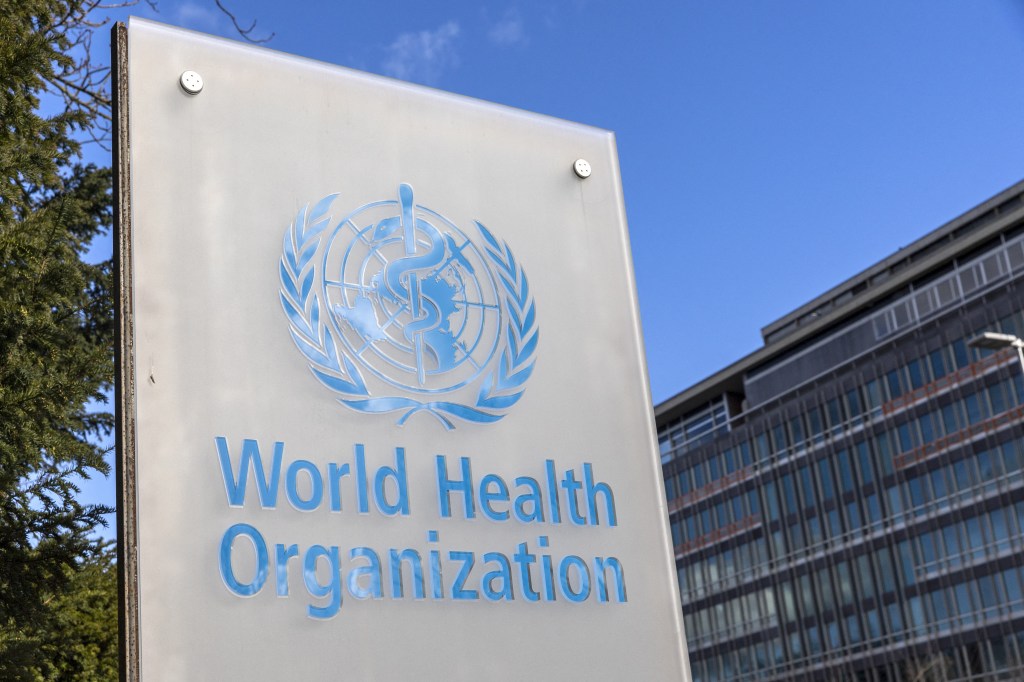First fatal human case of bird flu subtype A(H5N2) confirmed in Mexico: WHO
The first lab-confirmed case of a bird flu subtype in humans killed a Mexican citizen in late April, officials from the World Health Organization said Wednesday.
The unidentified 59-year-old victim died April 24 after developing a fever, shortness of breath, diarrhea and nausea, among other symptoms associated with the A(H5N2) subtype.
The patient had no history of exposure to poultry or other animals, health officials said.
But they did have several underlying medical issues and had been bedridden for three weeks due to other ailments before being stricken with the avian influenza subtype.
The death follows the explosive spread of a new strain of bird flu that’s killed a massive amount of wild birds and domestic poultry since its 2020 emergence.
It’s now begun infecting mammals, including American dairy cattle — where it’s been found in dozens of herds in nine states — and people, such as two dairy workers in Texas and Michigan who fell ill in recent months.
An unidentified farmer in Michigan suffered a mild eye infection, according to the Centers for Disease Control and Prevention.
The symptoms were similar to those shown by the Texas patient, who was treated for the virus in early April.
Both workers had been in close contact with cattle before they fell ill, the CDC said.
They both made quick recoveries, according to Yale Medicine.
The US Food and Drug Administration has estimated that 20% of the US milk supply shows signs of the virus — which indicates that a wider spread is likely.
Further human exposure to the virus might increase the risk that it mutates to spread easily among people — and that could be a problem.
“All of our efforts need to be focused on preventing those events from happening,” said Matthew Miller, co-director of the Canadian Pandemic Preparedness Hub at McMaster University.
“Once we have widespread infections of humans, we’re in big trouble.”
The CDC said last month that the risk to the public remains low.
But the agency still plans to monitor the virus in dairy cattle and poultry, along with workers who come in contact with the animals, through the summer.
US and European officials are also taking steps to stockpile and manufacture vaccines that they could use to protect the most at-risk, which includes poultry and dairy workers.
With Post wires













